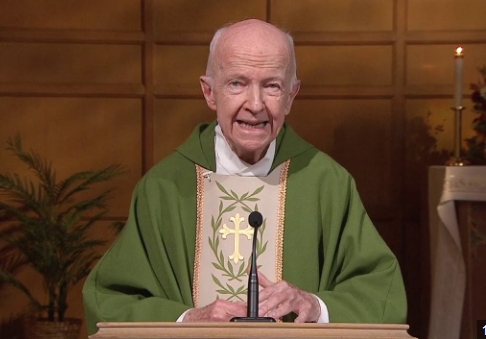The way we participate in religious services has drastically evolved over the years, with technology playing a major role in shaping how we worship. One clear example of this evolution is the rise of televised Mass services, which have become increasingly popular and accessible to people of all faiths.
The Birth of TV Mass
Television has long been a popular medium for spreading messages and reaching a wide audience. In the 1940s and 1950s, religious leaders saw the potential of using this new technology to broadcast Mass services to viewers who were unable to attend in person. The first televised Mass was broadcast in the early 1950s, and since then, the practice has only grown in popularity.
Increased Access and Inclusivity
One of the biggest advantages of TV Mass is its ability to reach a wide audience, allowing people from all over the world to participate in religious services from the comfort of their own homes. This has been especially important during the COVID-19 pandemic, when many churches were forced to close their doors and move their services online.
Enhanced Engagement and Interaction
With the rise of streaming services and interactive technology, TV Mass services have become more engaging and interactive than ever before. Viewers can now participate in live chats, submit prayer requests, and even donate online, making the experience more personal and connected.
Challenges and Controversies
Despite its many benefits, TV Mass has also faced criticism and controversy. Some people argue that watching Mass on TV is not the same as attending in person, and that it can lead to a sense of detachment from the community. Others worry that it may contribute to a decline in physical attendance at churches.
Looking to the Future
As technology continues to evolve, so too will the way we worship. TV Mass services will likely become more interactive and immersive, with virtual reality and artificial intelligence playing a bigger role in how we experience religious services. Ultimately, the goal remains the same: to connect people with their faith and bring communities together, no matter where they are.

